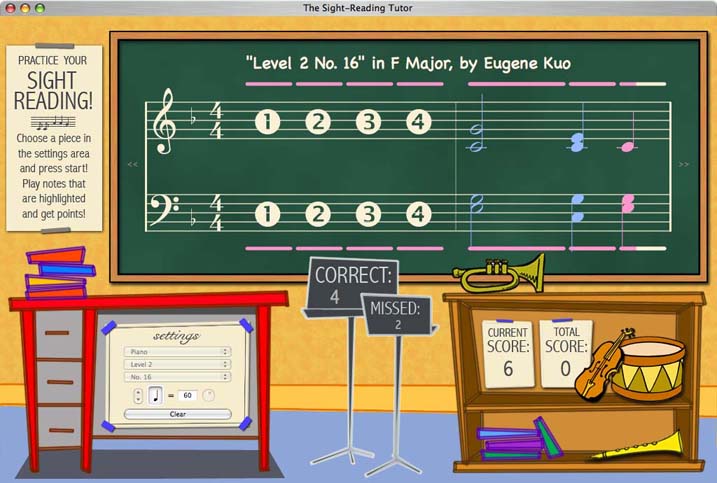It’s mid-May and I’ve been thinking a lot about next school year. To say that this has been a challenging year is an understatement. I began the year telling my staff the “Who Moved My Cheese?” story as we were planning a number of changes. I wanted to set the stage for us to work through classroom and department changes, adding another level of interventions through our Response to Intervention Pyramid, period attendance using our new data system, and providing training for teachers who’ll be teaching in our new addition, Clark Hall (this will be discussed in another post). In spite of all these changes, I did not anticipate two failed tax levies, an additional $7 million in cuts across the district, and having to have conversations with nine teachers to let them know they were “Reduced in Force” or laid off. Not to mention the onslaught of Senate Bill 5 (Ohio Governor, John Kasich) and the negative impact it has had on the emotional, mental and professional security of my staff. Indeed, our cheese has moved!

Nevertheless, as the dust settles, I am mentally gearing up for next school year but I’m also very anxious about the number of tasks ahead of us. For example, we are opening a new addition to our campus, yet it’s located across the busiest intersection in the district and it’s an absolutely beautiful building! Well, it’s not just a building, but a philosophy about our evolution as a district. The emphasis at Clark Hall is on collaboration, creativity, student choice and voice, critical thinking, and technology integration. It’s about giving students and teachers’ autonomy to learn and to demonstrate their learning in a variety of ways. It’s about 21st Century learning. The sheer beauty of the building automatically makes our current building look a little drab, a little worn, a little old. This presents a challenge of epic proportions… Anyway, this is not the purpose of this blog. The purpose of this blog is to talk about planning for next year…
Next year… August 2011 begins another step in our journey, yet I’ve been thinking so much about how to be more efficient, succinct, and concrete in my thinking and communication as a leader. About six years ago, I attended the Model Schools Conference hosted by the International Center for Leadership in Education (Dr. Bill Daggett) and was exposed to The Learning Criteria. I saw this document as an excellent model for a continuous improvement plan. So, I’m thinking this is the direction we need to go in order to gather qualitative and quantitative data to document our focus on relationships, rigor, and relevance. I think many parents, community members, staffulty (staff and faculty), and students will buy into the multiple data points that The Learning Criteria requires. Yes, that’s it! Additionally, it’s a living document that can encompass our Graduate Profile: responsible community member, collaborative team member, proficient technology user, effective communicator, and comprehensive problem solver. The Learning Criteria can bring all of our initiatives together to align our mission, vision, values, and goals. Or will it?
Then, I think about four of my teachers who attended a two day Project Based Learning Workshop in the fall and how much they learned. They then facilitated an all-day PBL training and discussion with 30 other teachers in my building. PBL, how does this fit into The Learning Criteria?
I’ve also been thinking about our core values, mission, vision, and goals. Are they clear, concrete, and do the stick? Are they even known: by the staffulty, by the students, by the parents? I need to know and should know as the building leader, the principal, the head instructional leader….
So here’s my plan: I’ve sent an email to my Administrative Team, Department Chairpersons, and Principal’s Advisory Council and asked them to review our core values. I asked if they need to be revised, rewritten, or modified in any way. I also asked if they are indeed our values. We will then decide together our next steps.
I plan to meet with a couple teachers who are PBL experts (their classes are designed this way and their results are simply amazing) to train other teachers in the building how to implement PBL in the classroom.
I will then review our goals from this year to see what we’ve accomplished. I have to admit that I allowed us to get sidetracked a bit and I let my foot off the gas the beginning of second semester because my staffulty was tired and demoralized by a barrage of negativity from outside. However, they still provided high quality learning opportunities for our students! Our data proves it! Besides that, I believe in them and we believe in each other.
Now for technology! Do we move towards laptops, tablets, a duo? What? Regardless of the device, the emphasis has to be on how the students will use the technology to demonstrate and improve learning. We are looking at a number of devices right now and working on a three year plan.
The next several weeks are extremely important for all building leaders as we have one foot in the 2010-2011 school year and the other in 2011-2012. I am so excited to get next year started yet there are a number of decisions that still have to be made! As I complete my third year as the high school building principal, I have finally come to the realization that education is a long continuous process of growth and change. It’s my responsibility to inspire, encourage and support change in education during my tenure as principal, which is hopefully for many, many years. Until then, let’s finish strong and gear up for next school year!
Be Great,
Dwight


